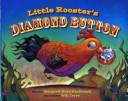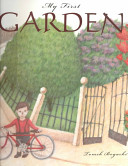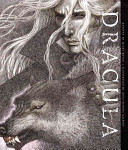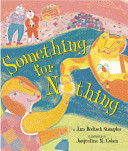
Little Rooster is happy to find a diamond button-it’s a perfect present for his mistress. Then along comes the King, who snatches the button for his treasure chamber! And when Little Rooster demands the button back, the King is so furious he has Little Rooster thrown into a well. One thing the King doesn’t know: Little Rooster has a magic stomach. Water? Fire? Bees? No problem! Children will cheer for the spunky hero of Margaret Read MacDonald’s sparkling retold tale, which she has been sharing with children since 1965. Will Terry’s vibrant and funny paintings complete the delight. The author lives in Washington State; the illustrator lives in California.









